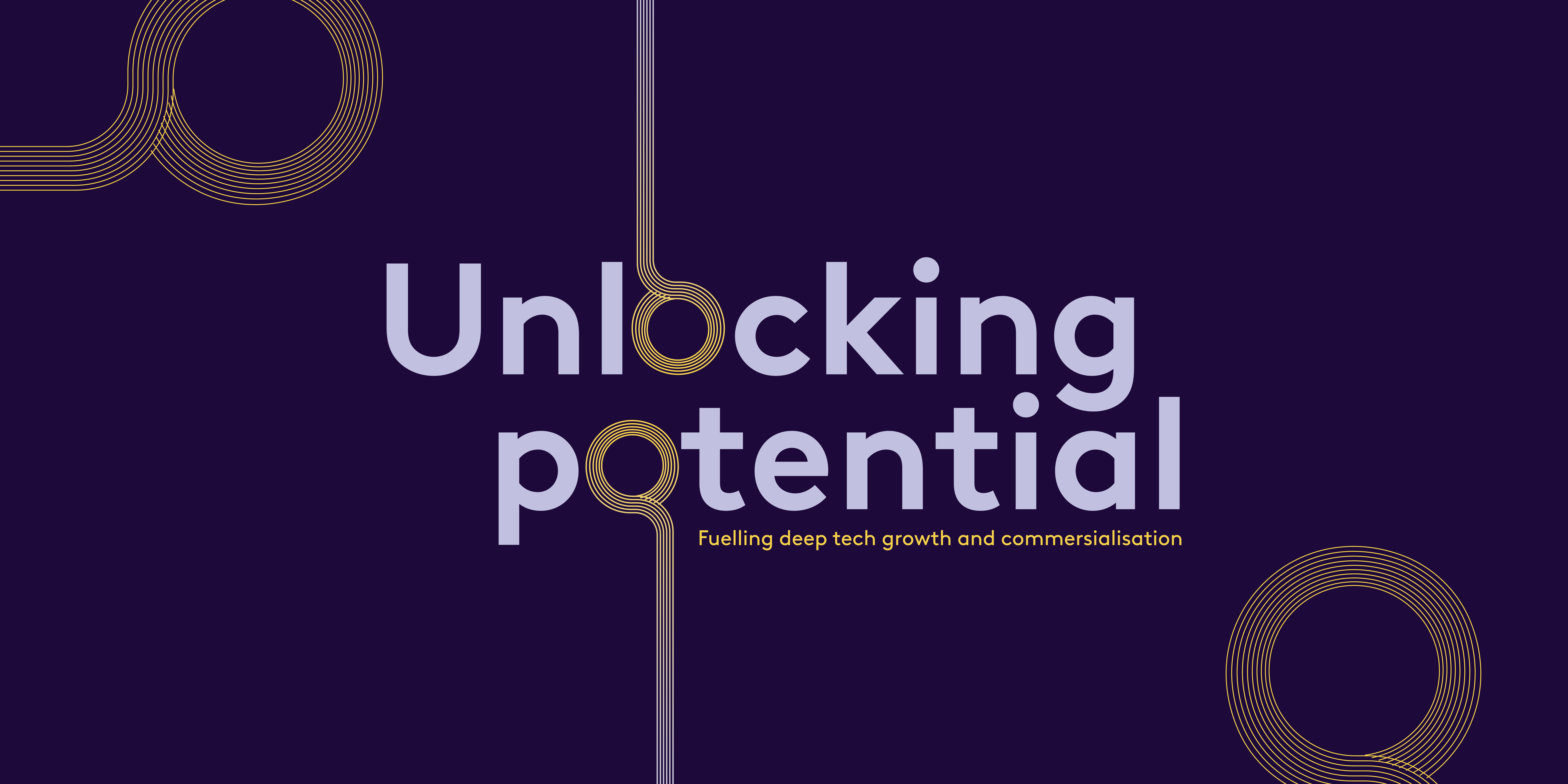Hiring: the metrics that matter
How often is a startup’s success measured by its speed of growth? “From 10 to 100 people in 3 months” makes a good headline. Sometimes, the stats do reflect genuine growth and bold decision-making, but often they can hide the deeper truth. The Economist names unsuccessful hiring as “the single biggest problem in business today”. So would changing the way we use metrics be one way to tackle the problem?
Roles and goals
It’s easy to think, “we need a VP of sales”, without questioning what the real need is. Rather than the job title, it’s smarter to think about the goal of each role. What needs to get done? Describing a role by the results expected will mean you’ll hire for that position differently. For example, rather than searching for an ‘outstanding engineer’, look for one who can deploy high quality code that will help you achieve your goals. The task and the objectives will define the role, followed by the person or people who are ready to do it.
Assuming positions
A while ago Etsy was known to require that hiring managers step into the position that were planning to hire for. This will have done two things: it will have educated the hirer about the role and tested whether the position was even necessary. It may have slowed down the process, but you can imagine the person eventually hired (or not) to have been much more likely to fit the role. And the role itself would more likely have been useful to the company.
Shifting the process
Constantly questioning your process is a good idea. How many people are coming in at the top of the funnel and what are the conversion rates? What might you be able to revisit, reassess and improve? Maybe it’s the timescale, or the job description, your interview structure, or the role itself. Keeping a critical eye on things is about humility, not self-deprecation. Even if the process is going relatively well, it pays to have a mindset that constantly revisits all the variables in your process, rather than just a narrow gaze on the calibre of applicants.
Attrition
Another metric that can be misleading is a company’s rate of attrition. Losing people may not be the sign of decay it could appear to be. Put another way, high retention rates might not indicate success. How so? Maybe some hard decisions aren’t being made. Dead wood needs to go – fast – if a startup’s to succeed and meet investors’ expectations. ‘Retention’ could mask the fact that you’re hanging on to the wrong people.
You could also be nurturing a risk-averse culture. Hiring the kind of people who are content to stay stuck does not build a world-beating business. At Octopus, there’s an active encouragement to foster entrepreneurship – even at the cost of losing good people. The Springboard programme allows employees to pitch their business idea to the Octopus founders and take advantage of a four-month paid sabbatical to get it off the ground. It might sound self-defeating but in fact it generates a company-wide culture that’s supportive of the very qualities any thriving business needs.
Beyond the metrics
The invitation is to take a step back from the metrics. Question the reality behind them. Are they always what they seem? Revisit your own process, not just after, but whilst it’s running. And remember that metrics say something, but not everything, about the people you’re hiring.
Reading Tip
If you haven’t already, WHO, by Geoff Smart and Randy Street, is an invaluable read.














